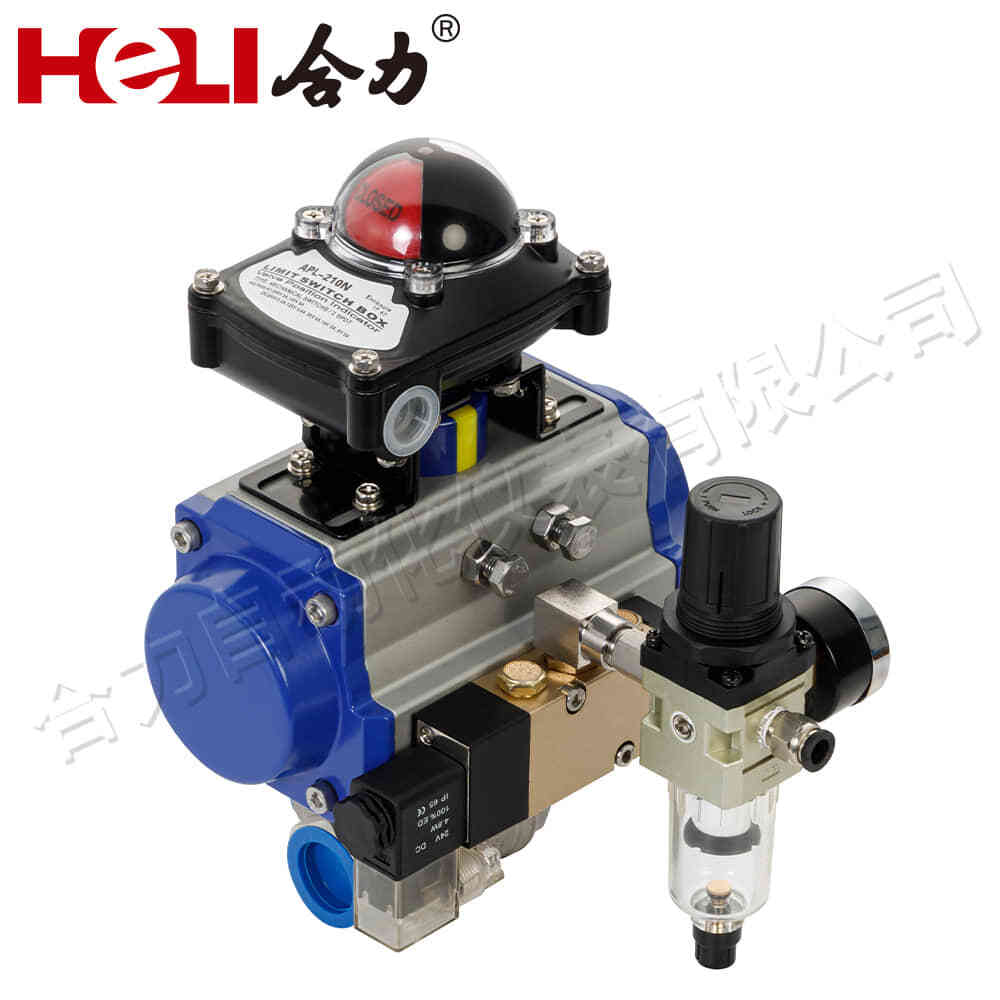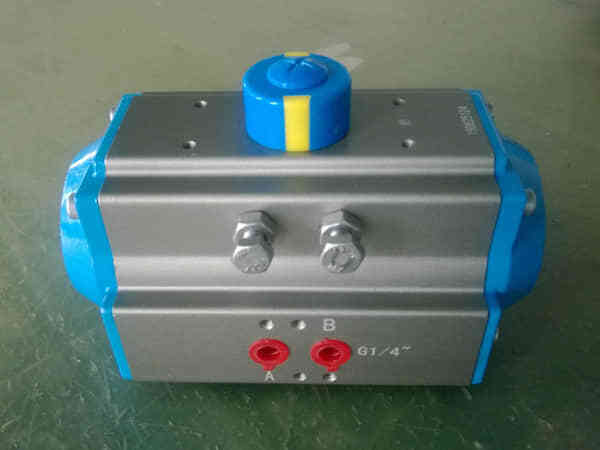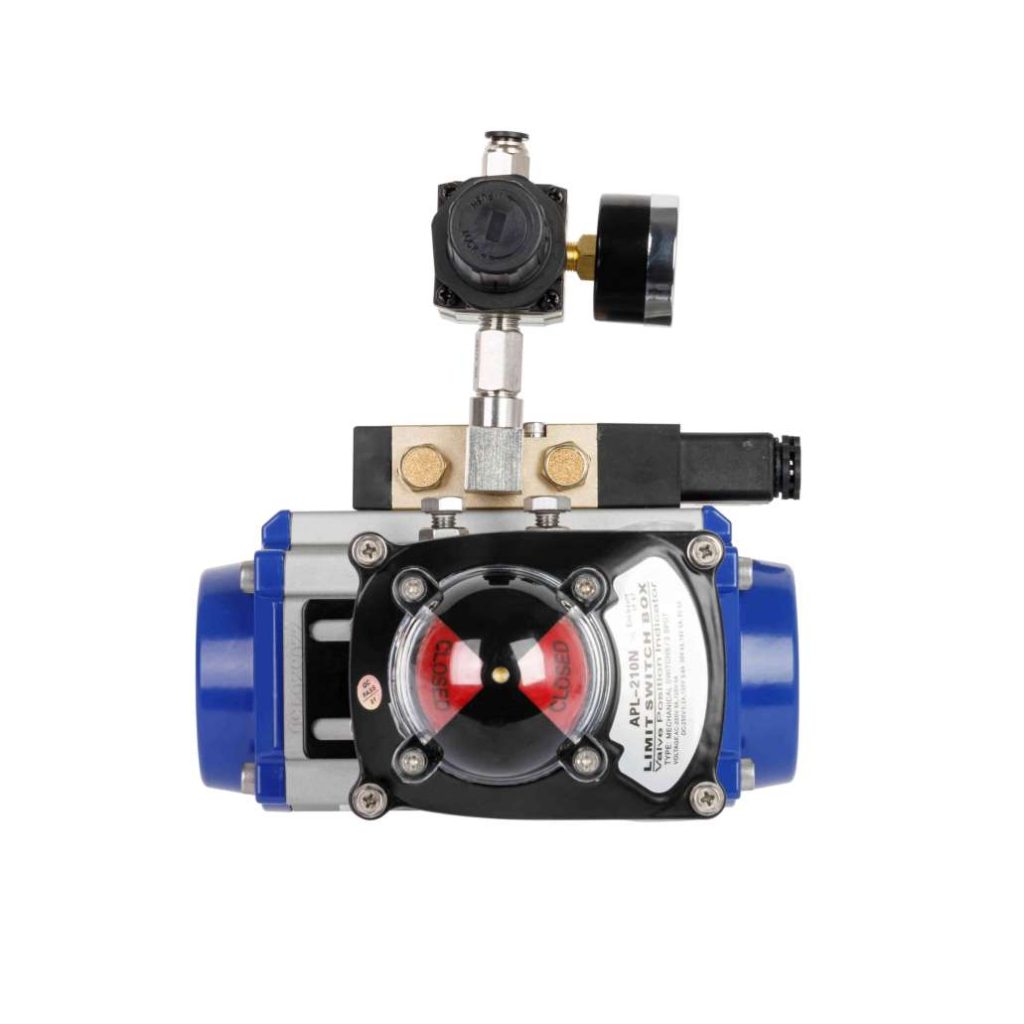Pneumatic actuators are mechanical devices that use compressed air to produce motion and force. These actuators are integral components in a wide range of industrial and commercial applications, particularly where a reliable, safe, and efficient method of actuation is needed. They play a crucial role in machinery and automated systems, providing the necessary movement to perform various tasks. In this article, we will explore how pneumatic actuators work, the different types available, and the many benefits they offer.

How Pneumatic Actuators Work

The fundamental working principle behind pneumatic actuators is relatively simple: they convert the energy stored in compressed air into mechanical motion. The actuator typically consists of a cylinder, piston, and valves. The cylinder is where the compressed air enters, pushing a piston inside it. This pressure causes the piston to move, which in turn drives the mechanical motion needed for the specific application. Once the air pressure is released or adjusted, the piston either returns to its original position or continues its movement in the opposite direction, depending on the actuator’s configuration.

Leave a Reply